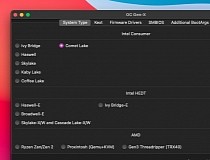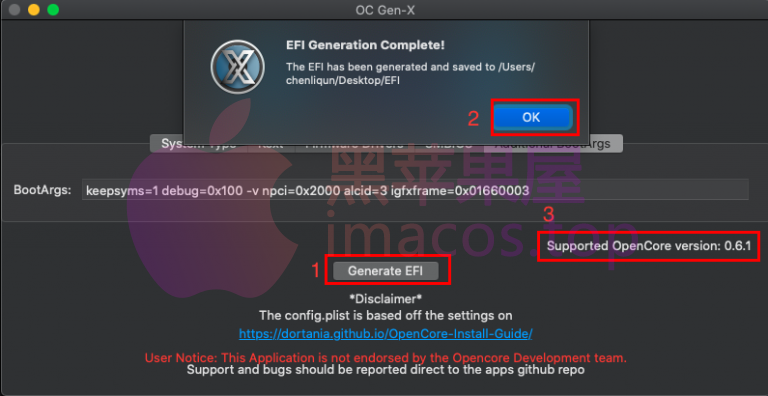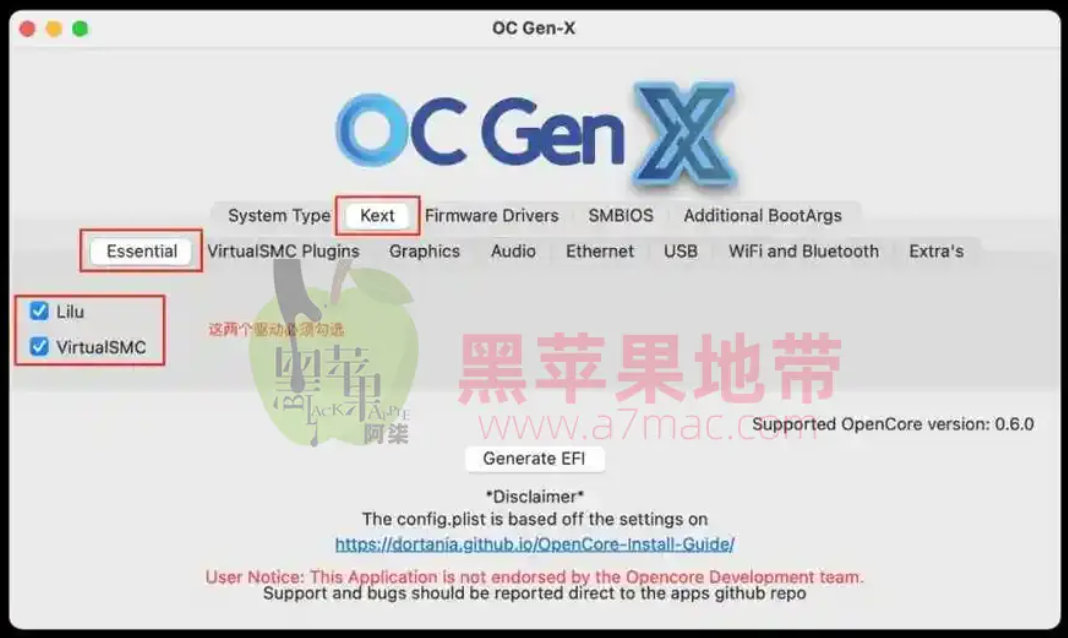
Next, enter "Process MBR" then select "Restore MBR" and select the boot0 file from Utilities/LegacyBoot/ in OpenCorePkg: Restore MBR

Next, open up BOOTICE and ensure you've selected the right drive. If your firmware does not support UEFI, see below instructions: Drive E, ensure it's not currently in use) # Select your partition # Running clean ensures we only have 1 partition so it will be "partition 1" select partition 1 # Format the drive as FAT32 format fs =fat32 quick # Convert to GPT # Due to an odd bug with BOOTICE and DuetPkg, MBR disks will fail to boot

Then move the downloaded BaseSystem or RecoveryImage files. Next, go to the root of this USB drive and create a folder called.

Otherwise, right click the partition on the USB and click Format and set it to FAT32.Make sure it is FAT32 and at least a gigabyte or two big. Right click the unallocated space and create a new simple volume.If you have multiple partitions on the USB, right click each partition and click Delete Volume for your USB (This will remove data, make sure you have backups and only remove partitions from your USB).You'll want to format the USB to have a FAT32 partition.On the bottom half, you'll see your devices. You should see all of your partitions and disks.Right click the Start Button on your task bar and select Disk Management.Simply open up Disk Management, and format your USB as FAT32: Here we'll be formatting our USB and adding macOS onto it, we have 2 options: Now with our installer downloaded, we'll next want to format out USB. This will take some time, however once you're finished you should get either BaseSystem or RecoveryImage files: If you've already mapped your USB ports (opens new window) and disabled XhciPortLimit, you can boot macOS 11.3+ without issue.For education purposes, we have a copy provided here: macOS 11.2.1 20D75 Recovery Image (opens new window).macOS 10.15, Catalina) or find a 11.2.3 or older Big Sur installer
#Opencore gen x install#
We advise users either install an older OS(ie.
#Opencore gen x download#
Python macrecovery.py -b Mac-7BA5B2DFE22DDD8C -m 00000000000KXPG00 download

Now with all this done, head to Setting up the EFI to finish up your work.


 0 kommentar(er)
0 kommentar(er)
